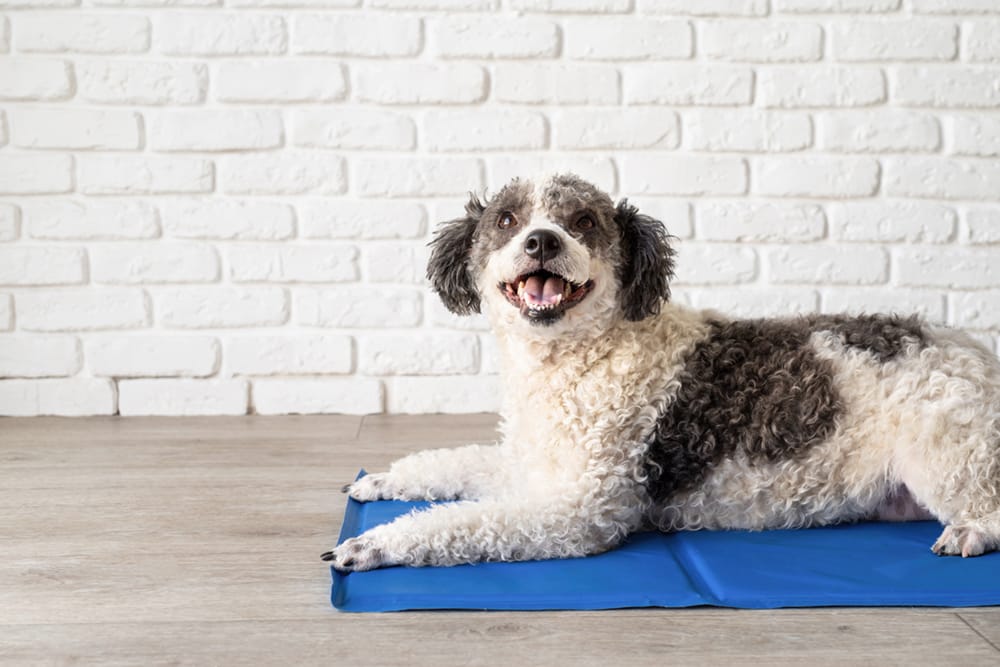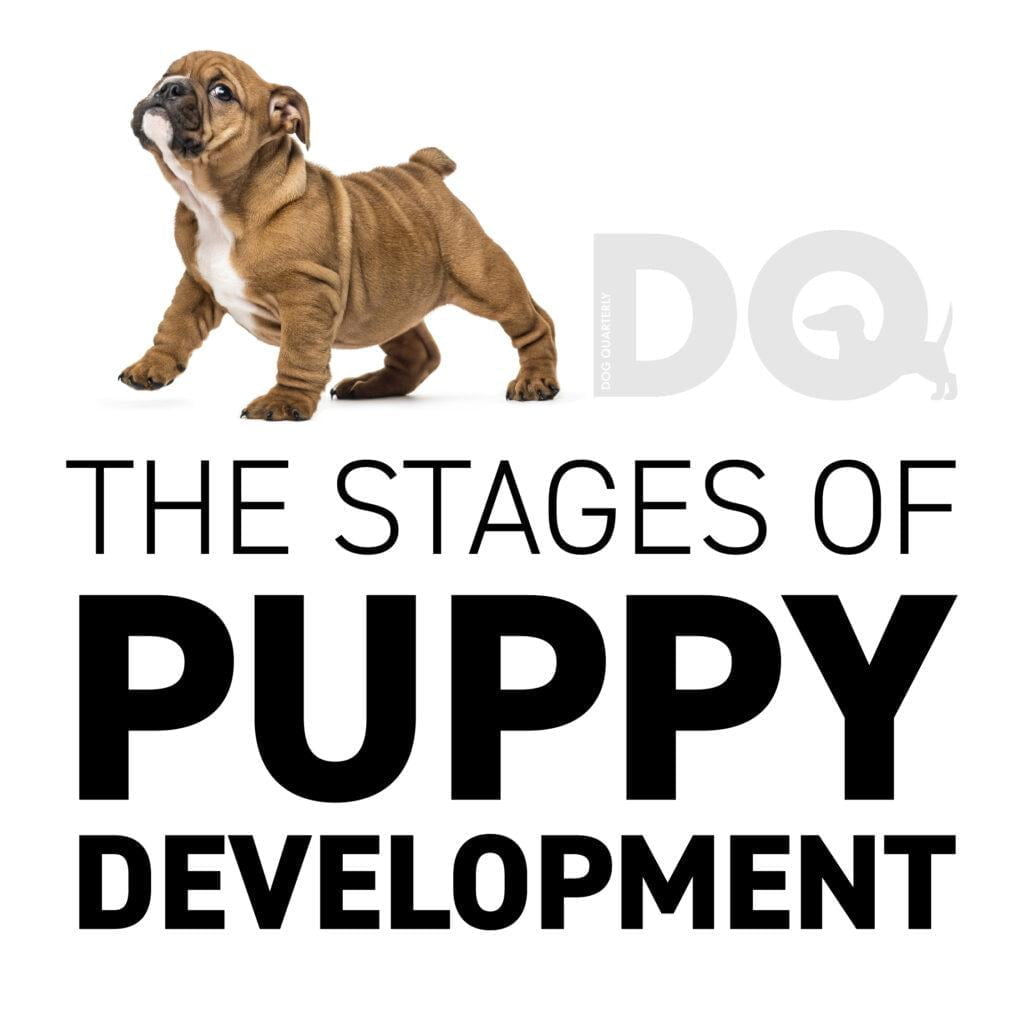Consent-based training begins with a simple question:
‘Are you ready for this?’
But how do we ask it in a way our dogs understand?
That’s where consent cues come in — behaviours that dogs can offer to indicate they’re comfortable and willing to participate in a procedure like grooming, vet handling, or training. When taught properly, these cues give dogs a voice, agency, and confidence, turning fearful restraint into calm cooperation.
What is a consent cue
A consent cue is a trained behaviour that:
- The dog can offer voluntarily
- Signals readiness to begin or continue
- Can be withdrawn at any time, and respected
When the dog removes the cue (lifts their head, leaves the mat, etc.), you stop the activity, rebuild confidence, and only proceed when they re-offer the cue.
It’s about choice, not control.
Two of the most powerful tools are the chin rest and mat work. Here’s how to teach them.
Chin rest
What it is:
The dog gently places their chin in your hand (or on a towel, knee, or cushion) and keeps it there while you perform a task, such as inspecting eyes, applying eye drops, checking ears, or trimming facial fur.
How to teach it:
Step 1: Shape the behaviour
- Sit in front of your dog with your open palm or a soft surface (e.g. towel on your lap).
- When your dog moves their head toward or touches your hand, mark with a clicker or a ‘yes,’ and give a treat.
- Repeat until they reliably rest their chin.
Step 2: Build duration
- Slowly delay your marker/reward by a second or two as the dog keeps their chin in place.
- Keep sessions short and upbeat. Stop if your dog gets frustrated or walks away.
Step 3: Pair with gentle handling
- Once your dog is comfortable holding the chin rest for 5–10 seconds, begin pairing it with very light, brief handling (e.g. touching their ear).
- Reward after each success. If they lift their head or move away, stop — and go back a step.
When to use it:
- Eye, ear, or mouth checks
- Grooming the face
- Vet exams
- Slow desensitisation to handling after trauma or fear
Mat work
What it is:
The dog learns to go to a mat, settle, and remain calmly while being handled or groomed. The mat becomes a predictable, safe space for cooperative care.
How to teach it:
Step 1: Create positive association
- Place a towel, yoga mat, or bath mat on the floor.
- Lure or wait for your dog to step on it.
- Mark and treat on the mat.
- Repeat until they go there willingly.
Step 2: Shape ‘settle’ behaviour
- Reward sitting or lying on the mat.
- Gradually reward longer stays.
- Use calm reinforcement (gentle praise, food on the mat).
Step 3: Introduce grooming or care tasks
- Once your dog is relaxed on the mat, start brushing, wiping paws, or clipping nails slowly and positively.
- Always respect the dog’s decision to leave. That’s the cue to stop, not to hold them down.
When to use it:
- Nail trims
- Brushing or drying
- Towelling off after walks
- Introducing grooming tools
- ‘Stationing’ during home training
Consent-based handling: The big picture
These cues aren’t tricks; they’re communication. They reduce stress, deepen trust, and empower dogs to actively participate in their own care.
When dogs learn that they have a voice – and that we’re listening – something shifts.
They stop bracing and they start choosing, and that’s where cooperative care really begins.



